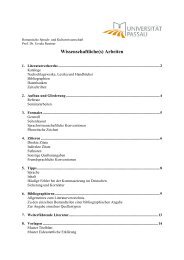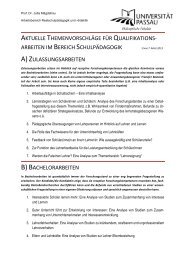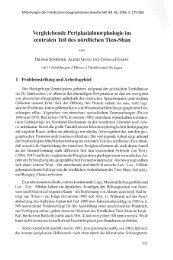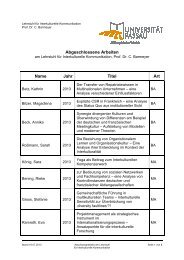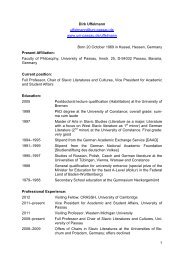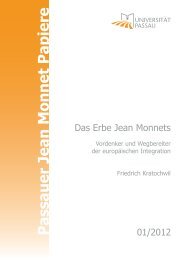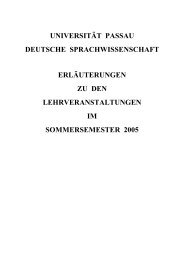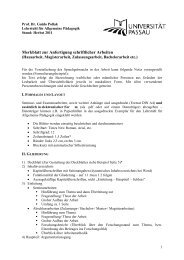The attempt to adopt a mixed-member proportional election system ...
The attempt to adopt a mixed-member proportional election system ...
The attempt to adopt a mixed-member proportional election system ...
Create successful ePaper yourself
Turn your PDF publications into a flip-book with our unique Google optimized e-Paper software.
14<br />
To leave no doubts, he emphasized, “I believe that the details of the <strong>proportional</strong> <strong>system</strong>—I<br />
confirm, not the party-list <strong>system</strong>—should leave out the German <strong>system</strong>” (ibid.).<br />
<strong>The</strong> meeting moved <strong>to</strong>wards the decisive vote when the secretary of the CDC,<br />
Thammasat University law professor Somkhit Lertpaithoon (Nakharin’s fellow key<br />
<strong>member</strong> in their informal academic-political clique), noted<br />
I understand that the meeting agrees with having <strong>proportional</strong>ity; we do<br />
not have <strong>to</strong> vote on it. … Concerning the number [of MPs], I understand<br />
that we agree on 400, including both the <strong>proportional</strong> and the constituency.<br />
I understand that we agree on 320 plus 80, right?” (CDC 26:15)<br />
By using the word “<strong>proportional</strong>ity” in this way, Somkhit obscured the fundamental<br />
difference of the two opposing options of MMM or MMP. Since there was deep disagreement<br />
on this issue, it seemed odd that he wanted <strong>to</strong> prevent a vote precisely on the<br />
most contentious point of the institutional design of the future <strong>election</strong> <strong>system</strong>. <strong>The</strong><br />
way Somkhit phrased the relationship of the two kinds of MPs—that the 400 MPs<br />
would include a constituency and a <strong>proportional</strong> element—gave the impression that he<br />
referred <strong>to</strong> a segmented MMM <strong>system</strong> (of which he was a proponent). He then<br />
seemed <strong>to</strong> have looked around in the meeting room, because he added,<br />
We do not yet agree about the number [of MPs]. If so, can we agree on the<br />
following? 1) We will have <strong>proportional</strong>ity. 2) <strong>The</strong> <strong>to</strong>tal number is 400. …<br />
I understand that the majority favors 320 plus 80. (CDC 26:16)<br />
Somkhit mentioning the ratio of 320 constituency MPs <strong>to</strong> 80 <strong>proportional</strong> (or “list”)<br />
MPs prompted Komsan Pokhong from the MMP camp <strong>to</strong> note correctly,<br />
If we <strong>adopt</strong> the 320 <strong>to</strong> 80 formula, we will eventually return <strong>to</strong> the old<br />
<strong>election</strong> <strong>system</strong>. … we will immediately return <strong>to</strong> the <strong>election</strong> <strong>system</strong> of<br />
1997 that we have been using. (CDC 26:16f.)<br />
<strong>The</strong>refore, he favored the ratio of 200 <strong>to</strong> 200. Krirkkiat added that, in the <strong>proportional</strong><br />
<strong>system</strong>, the number of MPs needed <strong>to</strong> be equal, 200 <strong>to</strong> 200, or 300 <strong>to</strong> 300 (he did not<br />
say why, though) (CDC 26:17). Again, Somkhit tried <strong>to</strong> reduce the decision <strong>to</strong> the<br />
question of how many MPs should be in the two categories by claiming that there was<br />
agreement that there would be <strong>proportional</strong>ity, meaning 400 MPs that included re-




